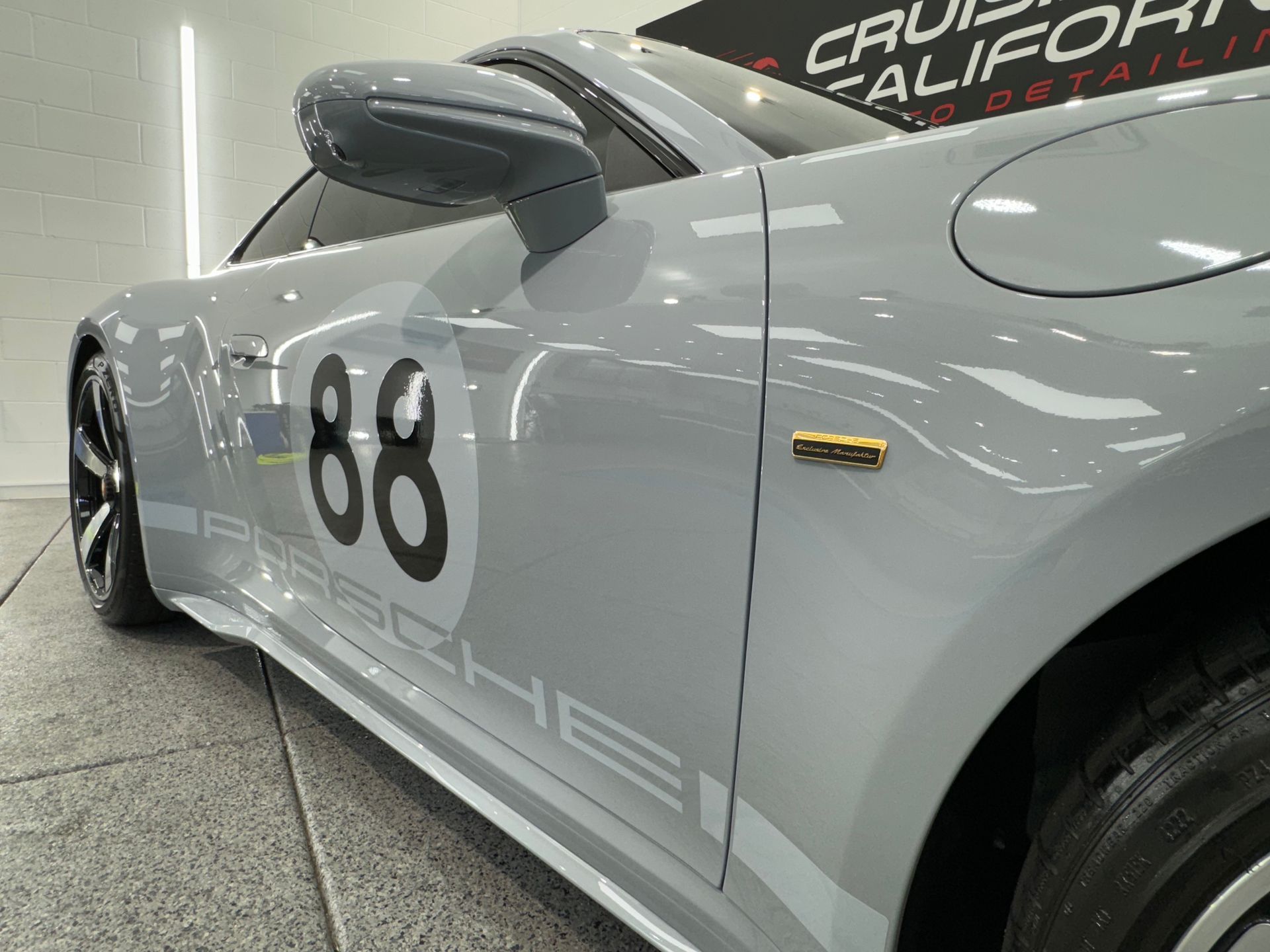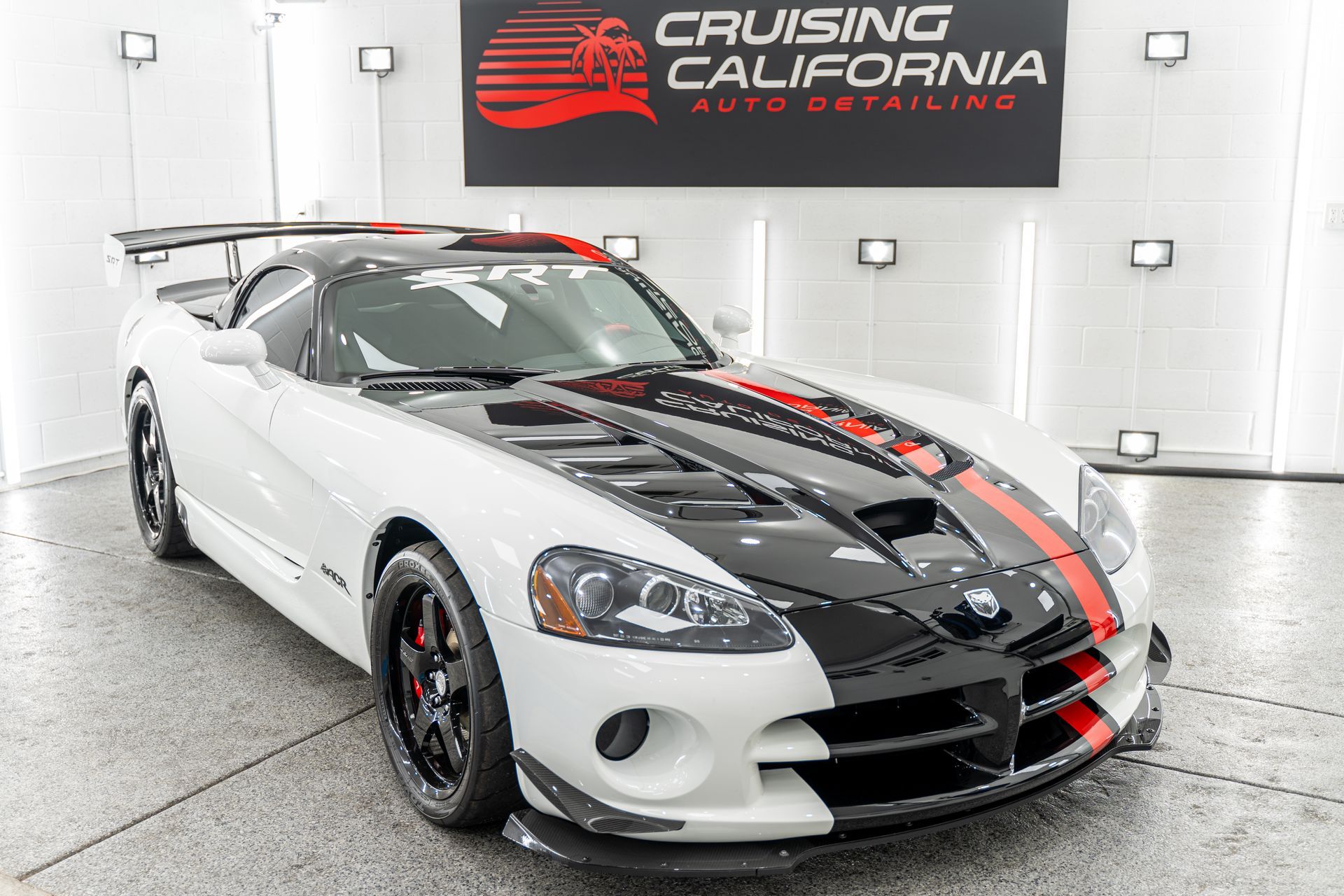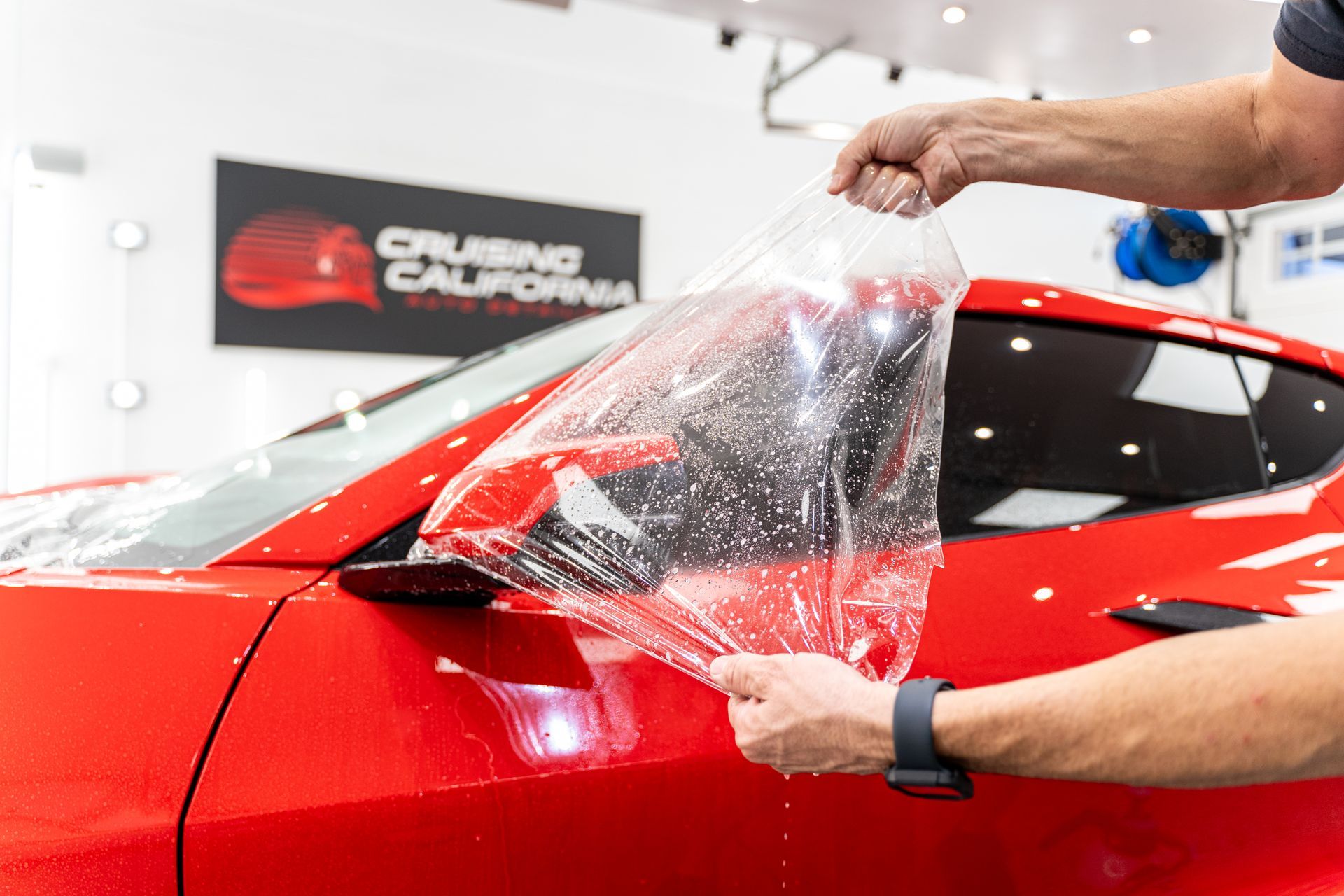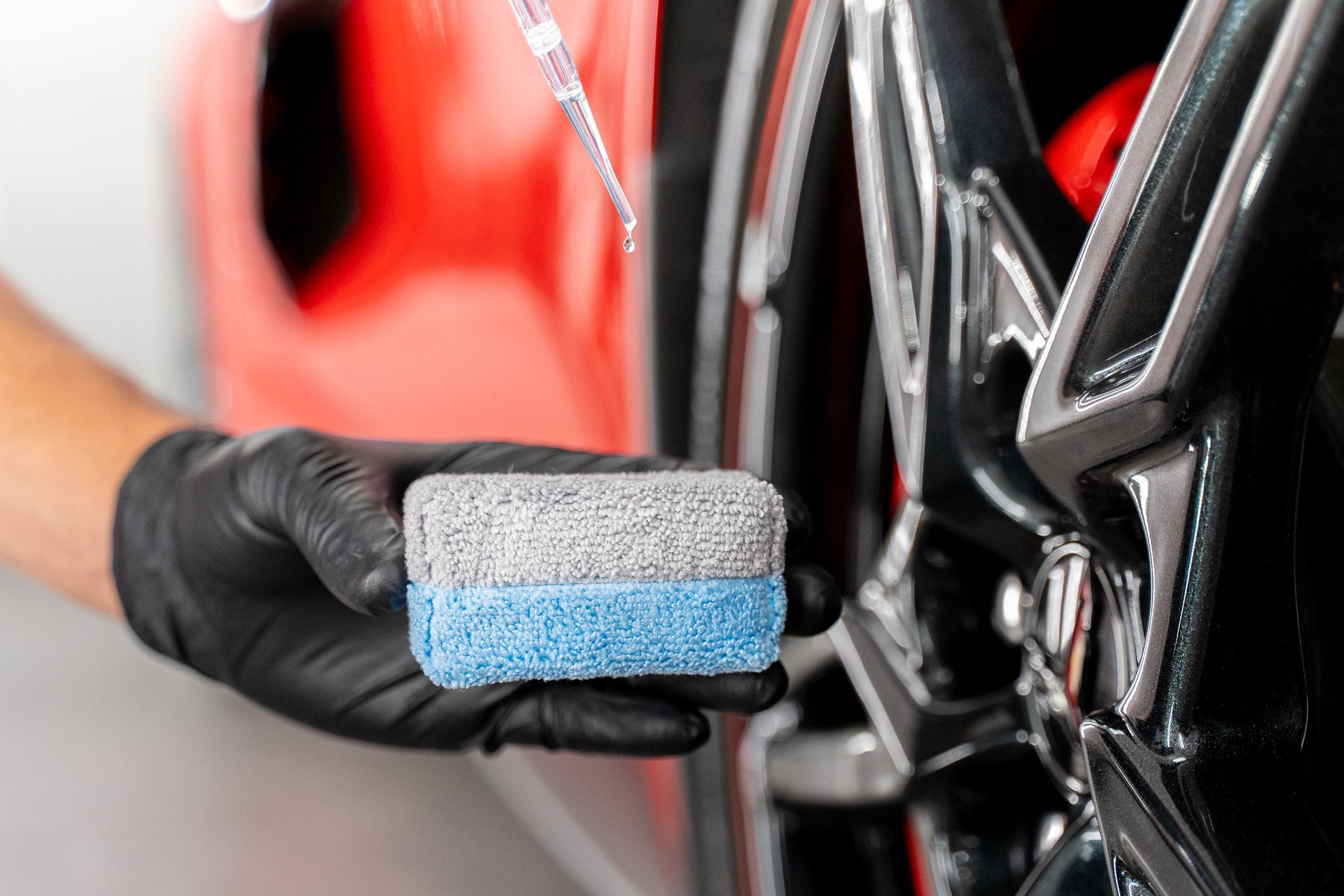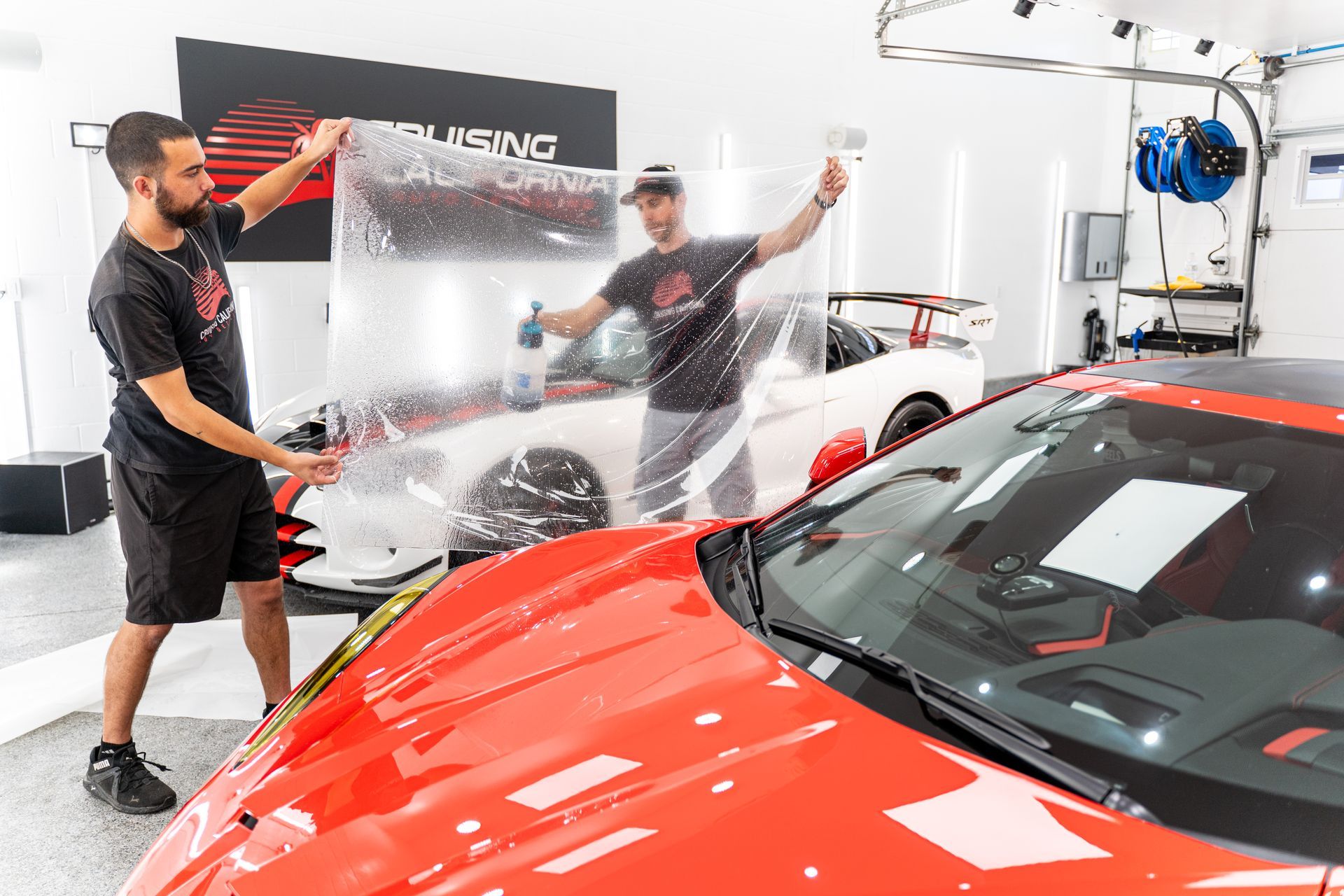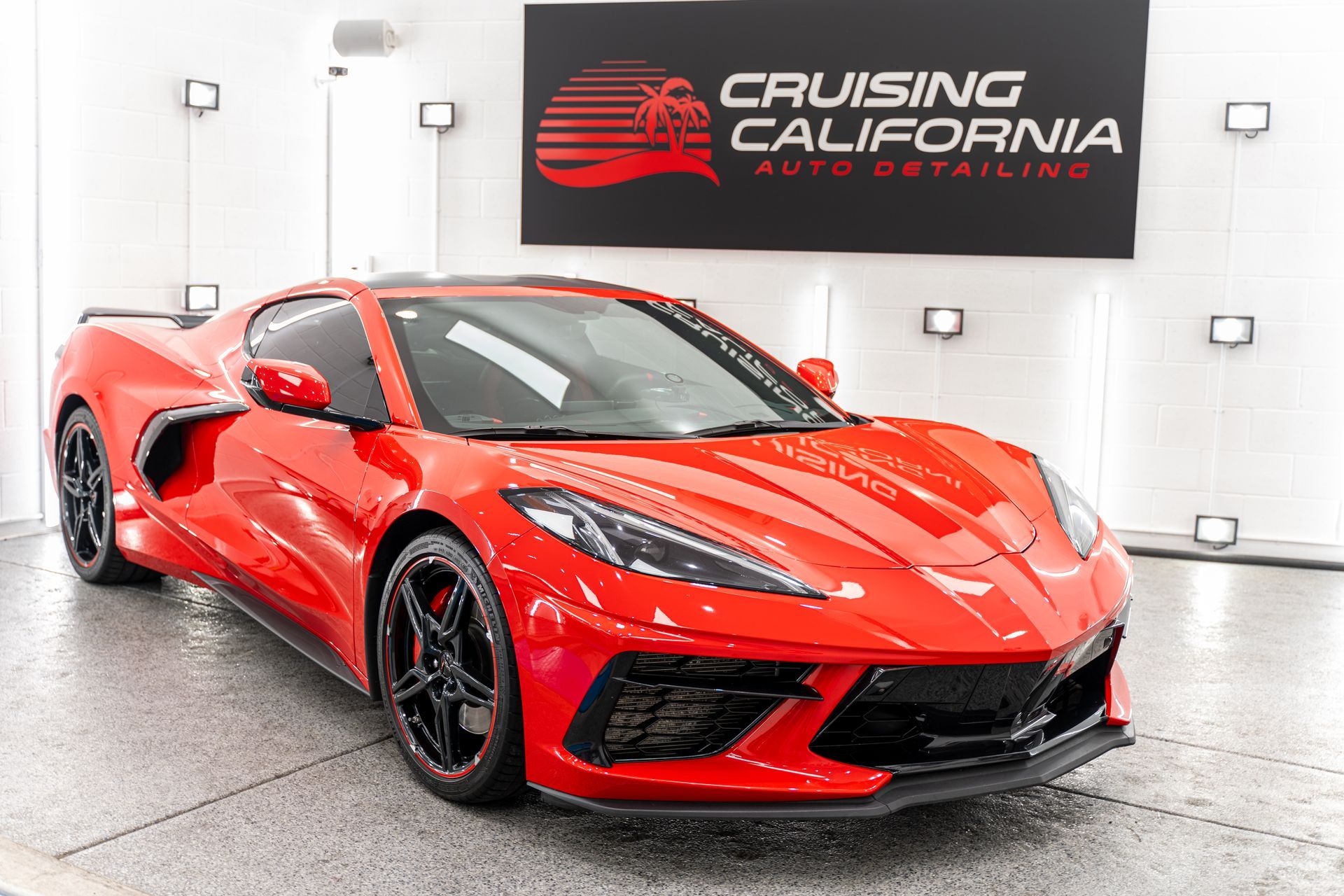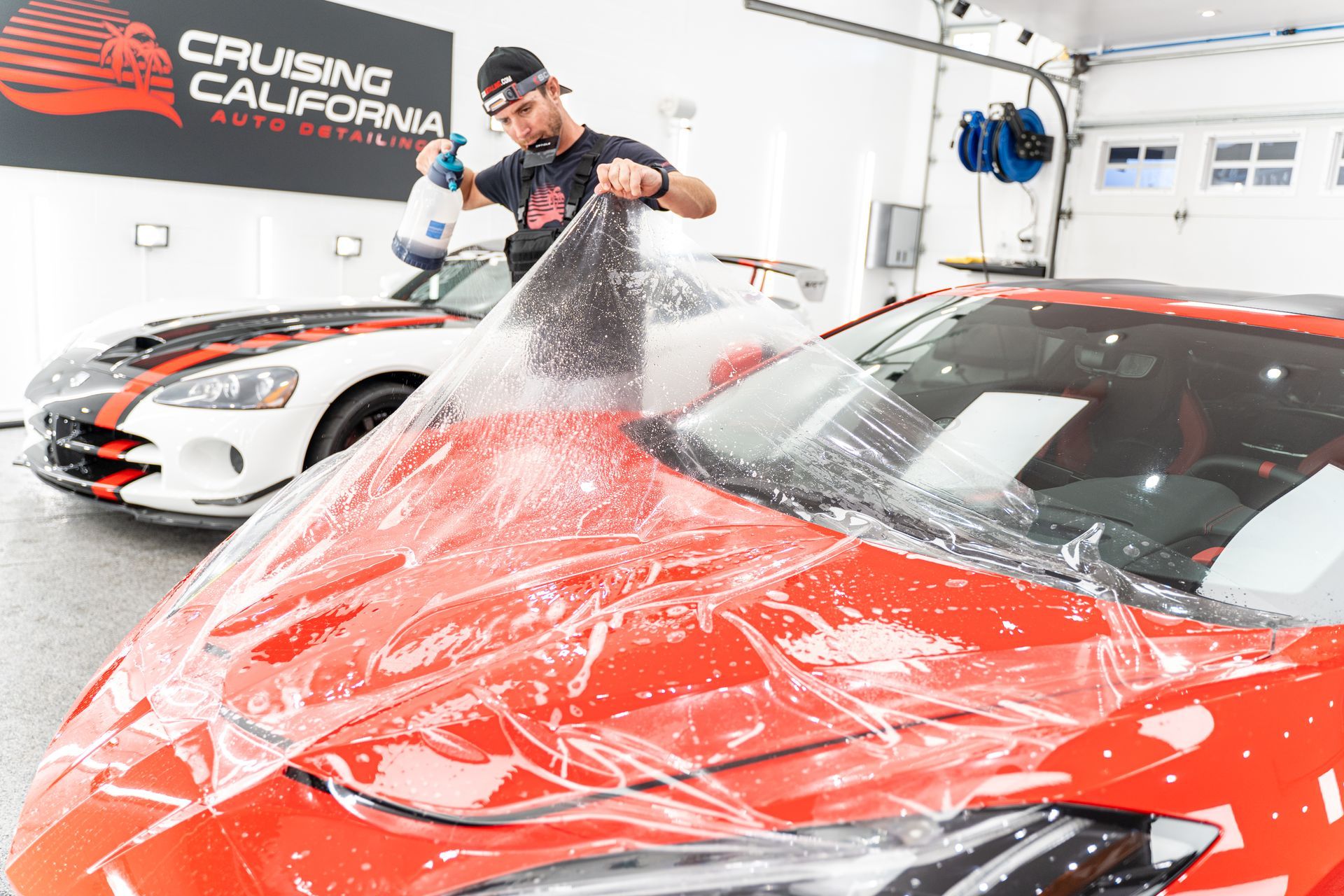UV-Blocking Capabilities of Modern PPF: Understanding the Technology and Benefits
When it comes to protecting your vehicle, most people think about scratches and dents, but one of the sneaky villains is something you can't even see: UV rays. If you’ve ever watched a vibrant color fade away under the hot sun, you know all too well how damaging these rays can be. Thankfully, modern paint protection films (PPF) have evolved with advanced technologies that can help block out these harmful effects. In this article, we will explore the science behind modern PPF, how it can shield your car from UV damage while maintaining its spark, and the benefits you can reap from investing in this protective layer. Let’s dive into this remarkable technology that acts like sunscreen for your vehicle!
Yes, modern Paint Protection Films (PPF) do offer some level of UV-blocking capabilities; however, the effectiveness can vary between different products. It is essential to check with manufacturers for specific features and warranties regarding UV protection to ensure you select a PPF that meets your needs.
Modern PPF Technology Explained
At the heart of Paint Protection Film (PPF) technology is its layered construction, which plays a pivotal role in ensuring both protection and durability. This multi-layer approach typically consists of three primary components: an adhesive layer, a polymer-based middle layer, and a top coat. Each layer has its own distinct purpose. The adhesive layer securely bonds the film to your vehicle's surface while being gentle enough to prevent any damage when removed. This delicate balance allows for a strong attachment without compromising the integrity of the paint beneath.
Imagine applying a bandage: you want it to stay put but not rip your skin off when removed. Similarly, the adhesive in PPF ensures that it does its job without causing harm during removal. Next comes the polymer-based middle layer—acting like a tough shield against everyday threats. Whether it’s pesky rocks, gravel kicked up by tires, or unsightly scratches from normal handling, this layer absorbs impacts and keeps your car looking sharp. As you drive down the road, you're effectively riding in invisible armor that fights off abrasions and maintains your vehicle’s pristine appearance.
Furthermore, guarding against physical damage alone isn't sufficient; modern PPF offers robust UV protection as well. The top coat of modern PPF plays a crucial role in UV blocking capabilities. By fending off harmful ultraviolet rays, this layer prevents color fading and paint degradation over time. This means your vivid finishes endure longer under the sun's relentless glare, maintaining that fresh-off-the-lot look for years to come. It's about preserving the value of your investment as well.
On top of this impressive layered structure, advancements in this field have led to even more innovative features, particularly regarding self-healing properties. Many contemporary PPFs incorporate self-healing technology that brings an entirely new dimension to vehicle care. Imagine driving with your car slightly marred by minor scratches or swirl marks—frustrating, right? Self-healing films alleviate this annoyance by allowing minor imperfections to "disappear" with heat exposure. When you park your car in the sun or gently apply warm water, the film's clever design enables it to respond by softening and resetting itself smoothly over any light scratches.
In essence, it’s almost as if your vehicle possesses a superpower—a way to bounce back from those small dings and scratches effortlessly. This innovation accentuates not only protection but also long-term aesthetic appeal, ensuring the film can maintain its original clarity and shine throughout its life cycle. It is these intelligent advancements in PPF technology that make investing in such films worthwhile—not just for avid car enthusiasts but for anyone wanting to keep their vehicle looking like new for as long as possible. With ongoing research and developments emerging daily, there seems to be no end in sight for enhancements in protective solutions on the horizon.
Mechanics of UV Protection in PPF
The very essence of UV protection in modern PPF lies within its formulation. Most notably, these films incorporate UV-absorbing additives, substances specifically designed to capture and neutralize harmful ultraviolet radiation before it can penetrate through the film. These additives are integrated into the middle polymer layer of the film itself. This construction allows them to transform damaging UV rays into harmless heat as sunlight hits the film.
It's important to note that not all PPFs are created equal. The quality and quantity of these UV-absorbing additives can differ significantly across various brands. This variance directly impacts performance, with some films providing superior protection while others may fall short. As you contemplate which PPF to choose for your vehicle, understanding how manufacturers assess their products becomes crucial.
Testing and Certification
A key indicator of a PPF’s UV-blocking capability is its UV Transmission Rating. High-quality protective films often claim an impressive 99% reduction in UV transmission, effectively shielding your vehicle's paint from oxidation caused by prolonged sun exposure. Leading companies ensure their products undergo rigorous UV exposure tests to certify these claims. To put this into perspective, if you prioritize keeping your vehicle looking pristine over years of harsh sunlight, seeking out films backed by robust testing certifications is essential. Look for the UV Transmission Rating prominently displayed by manufacturers; this figure tells you exactly how much protection you’re getting.
Investing in high-quality PPF certified for its UV-blocking capabilities can be compared to purchasing insurance for your car’s aesthetic integrity. Just as you would check policy details before choosing coverage, it’s wise to scrutinize product specifications for adherence to industry standards. By focusing on both the additives used in the film and reputable certifications, you create a pathway toward maximizing protection for your vehicle against the relentless assault of UV rays. This understanding sets the stage to explore the specific materials that enhance these protective qualities.
Quality Materials in UV-Blocking Films
The effectiveness of paint protection films (PPF) in blocking harmful ultraviolet rays hinges significantly on the quality of the materials used in their construction. One key player in this arena is aliphatic polyurethane. This high-grade polymer stands out not only for its remarkable flexibility but also for its durability. Imagine being able to stretch and mold a substance that still retains its strength; that's what aliphatic polyurethane does as it wraps around your vehicle, accommodating its curves without any fear of tearing. More importantly, this material resists the yellowing and breakdown that often accompany prolonged exposure to sunlight. In essence, it serves as a flexible shield, guarding against both physical damage and fading colors.
But aliphatic polyurethane isn't working alone; it has a trusted ally in fluoropolymer top coats. Designed expressly to resist UV radiation, these coatings enhance the film's protective abilities while ensuring it maintains utmost clarity over years of service. Picture this as an extra layer of armor—one that not only protects but does so without compromising visibility. This feature is crucial for car owners who take pride in their vehicles' aesthetic appeal, ensuring that the brilliance of the paint remains intact while keeping it safe from harmful rays.
Moving beyond just protective layers, one might overlook the significance of advanced adhesives in PPF technology. The right adhesive is not merely about sticking things together; it's about ensuring that the film adheres tightly to the vehicle's surface while also facilitating easy removal down the line when necessary. Advanced adhesives provide a strong bond that withstands environmental stresses—be it rain or snow—yet are designed to release cleanly without leaving behind messy residues once it's time for replacement or removal. When you consider how much hassle that saves car owners in maintenance and upkeep, it's clear why this aspect shouldn’t be underestimated. It’s fascinating how these individual features unite to form a robust protective film capable of shielding your vehicle’s paint from ultraviolet rays and other forms of wear and tear.
Whether you're driving through sunny landscapes or enduring rainy seasons, a well-constructed PPF not only preserves your vehicle's exterior but also upholds its value over time. By prioritizing quality in each layer—from the flexible polyurethane base to the resilient fluoropolymer coating and advanced adhesives—you’re making an investment not just in protection but also in enhancing your vehicle’s longevity and aesthetic appeal.
As we explore further into this topic, it's essential to examine additional attributes that contribute to the overall efficiency and effectiveness of these protective films.
Essential Features of UV-Protective PPF
To ensure your investment is shielded effectively, it's vital to consider factors such as thickness and durability, warranty and service life, and coverage options. Each of these elements plays a significant role in how well the paint protection film (PPF) can defend against harmful UV rays while also protecting against other potential damages.
- Thickness and Durability: When exploring options for PPF, you'll typically find standard thicknesses ranging from 6 mil to 10 mil. It's quite simple: thicker films generally offer superior protection. Think of it like clothing; a thicker coat will keep you warmer in the cold than a thin one. That added thickness not only helps resist scratches or dents but also prolongs the protective effects against fading due to UV exposure. A good-quality 8-mil film strikes an ideal balance between flexibility and strength, ensuring you have robust coverage without compromising on aesthetics or performance. But thickness alone doesn’t tell the whole story; warranties also provide insight into the product's reliability and longevity.
- Warranty and Service Life: When investing in PPF, it's crucial to look at warranty offerings. Take the Xpel Ultimate Plus, for instance; it boasts a 10-year warranty that covers defects caused by UV exposure, such as yellowing and cracking. This long warranty period reflects not only the manufacturer's confidence in their product but also provides peace of mind for users. A decade of cover means you're not just buying film; you're securing protection for years. It’s worth noting that warranties can vary significantly among products, so carefully scrutinizing these details can be beneficial in reducing future costs related to premature wear. Beyond just durability and warranty, considering the coverage options available helps you tailor your PPF application to fit your needs perfectly.
- Coverage Options: Deciding how much of your vehicle you wish to protect is a key consideration when selecting a PPF product. Full-body wraps provide complete peace of mind, covering every inch of your car’s surface and creating a nearly indestructible barrier against UV rays, debris, and dirt. However, for many vehicle owners looking to save money or focus on high-impact areas, partial wraps are an excellent alternative. By applying PPF to critical spots like bumpers and hoods—areas that often bear the brunt of wear—you can still ensure effective protection where it matters most.
Understanding these essential features allows you to select the right PPF that maximizes protection while meeting your aesthetic and functional preferences. As we explore further, we'll discuss how various application techniques contribute to enhancing both effectiveness and longevity.
Application Techniques and Longevity
When it comes to applying modern PPF, the method you choose can significantly influence how well the film performs over time. Many people wrestle with whether to tackle an installation themselves or call in the experts, and this decision isn't insignificant. Although DIY installations might save a few bucks, they walk a tightrope between cost-effectiveness and potential pitfalls. In contrast, professional installers bring experience, specialized tools, and techniques that ensure a flawless fit, which is vital for proper adhesion to your vehicle's surface.
Professional-grade applications not only minimize issues like bubbles or misalignment but also often come with warranties that do wonders for your peace of mind. Consider this: while installing PPF yourself may bring a sense of accomplishment, it often lacks the detail-oriented touch that professionals provide—after all, perfection matters when you're protecting your vehicle! It's much like cooking; anyone can follow a recipe, but a seasoned chef has the intuition and finesse that keeps their dishes truly exceptional. Investing in a trusted professional might seem like a larger initial expense but can save you from costly mistakes down the line.
Maintenance Routine
Once you've successfully applied PPF—whether professionally or DIY—ensuring its longevity involves a comprehensible maintenance routine. Regular upkeep doesn't merely keep your vehicle looking sharp; it also serves to protect that investment you've just made. Here are some straightforward practices to follow, each one underpinned by logic and supported by industry recommendations:
- Clean with pH-neutral, non-abrasive soaps: Using gentle cleaners can prevent any potential degradation of the film while keeping it spotless. Abrasive agents may compromise the integrity of the protective layer.
- Avoid automatic car washes with harsh brushes: Those spinning bristles may sound efficient, but they could endanger your PPF by scratching or damaging its surface. Hand washing is a far gentler alternative that maintains both appearance and protection.
- Reapply sealants if recommended by the manufacturer: Some PPFs require periodic treatments to maintain their top performance and protective properties. Following this guidance ensures that you're not just preserving your current state but actually enhancing it.
By adhering to these methods, you'll maximize the effectiveness of your PPF’s UV-blocking capabilities while maintaining both beauty and protection from environmental hazards. This proactive approach opens up further exploration into the unique advantages offered by films specifically designed to shield vehicles from harmful elements.
Benefits of UV-Blocking PPF for Vehicles
UV-blocking PPF offers numerous advantages that go far beyond just protecting the vehicle's paint; it's an investment in the longevity and integrity of your car. One significant benefit is that it preserves the aesthetic appeal of your vehicle. By blocking harmful UV rays, PPF effectively shields the paint from fading and oxidation. This is particularly crucial for high-end or classic cars, where maintaining their original color and shine becomes paramount.
Picture a classic convertible glistening under the sun without any discoloration—this is exactly what quality PPF aims to achieve by acting like a transparent shield. Let's consider another crucial aspect: resale value. A well-maintained exterior can significantly impact the sale or trade-in of your car. Buyers typically gravitate towards vehicles that not only look appealing but also show evidence of enhanced care through features like UV-blocking film. The assurance of avoiding a degraded paint job due to years of sun exposure adds value to the purchase.
- Protection from UV Damage: Blocks up to 99% of UV rays, preventing paint oxidation and fading.
- Maintains Car's Appearance: Keeps the paint looking new by preventing discoloration.
- Cost-Effective in Long Run: Reduces the need for frequent repaint jobs.
- Higher Resale Value: Well-maintained paint can increase vehicle resale value.
Investing in quality UV-blocking PPF proves not only practical but also financially wise. It minimizes long-term costs associated with frequent repainting and repairs, allowing you to enjoy your vehicle’s beauty year after year without constant upkeep. The average lifespan extension of vehicle paint by approximately two to five years thanks to this protective layer can't be overstated—it means fewer worries about the effects of sun damage and more time enjoying the drive. Thus, as the data suggests, investing in UV-blocking PPF isn't just a decision for immediate protection; it's a commitment to preserving your vehicle's worth and beauty for years to come. Ultimately, by taking proactive steps today, you ensure that your vehicle not only looks stunning but also retains its value over time.
Protect Your Vehicle with Expert PPF Services in El Cajon, CA
Preserve your car’s pristine condition with CCA Detailing & Ceramic Coating | PPF’s expert paint protection film services. Our high-performance PPF creates an invisible shield against rock chips, scratches, and other road hazards, all while maintaining your vehicle’s glossy appearance. With precise, professional installation and attention to detail, we ensure your vehicle stays looking brand new for years. Trust us with your vehicle’s protection—schedule your PPF service today in El Cajon, CA!


